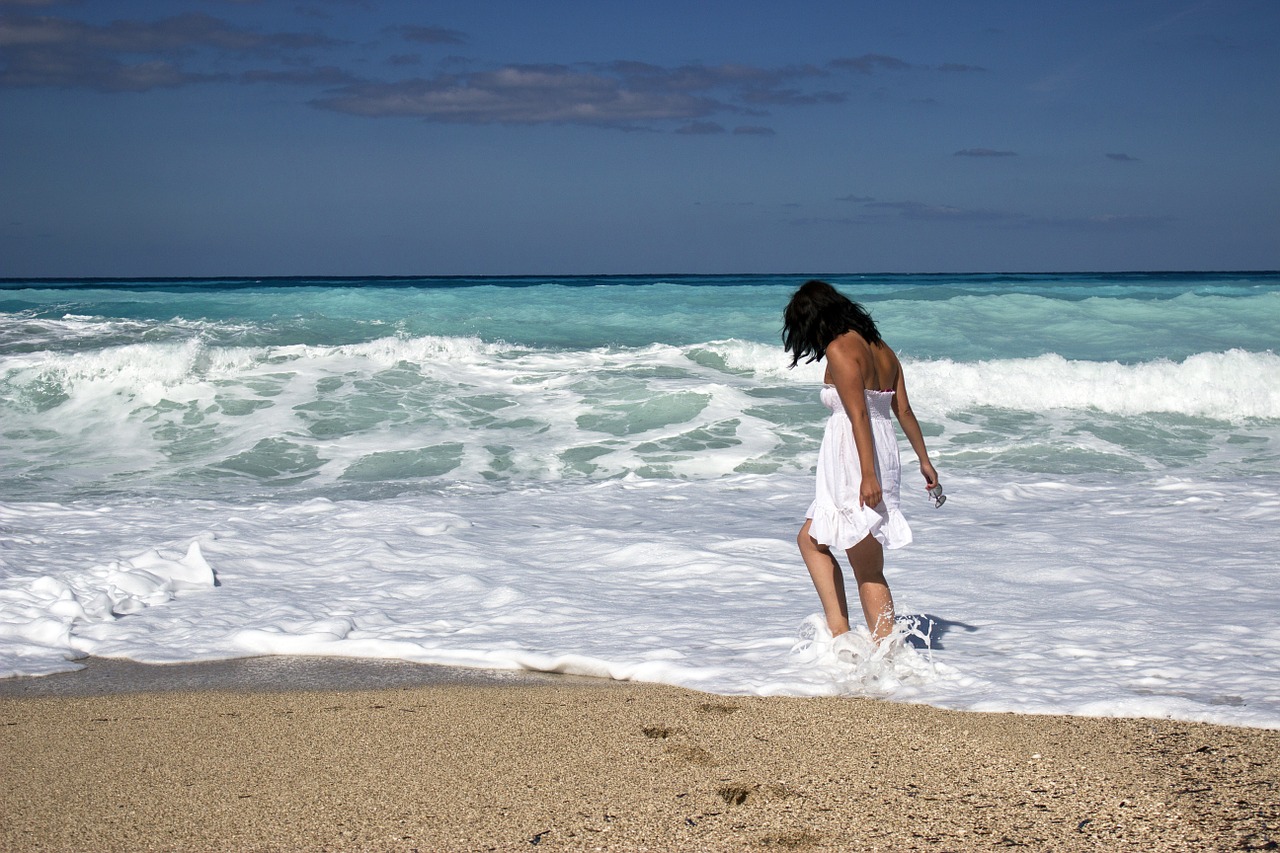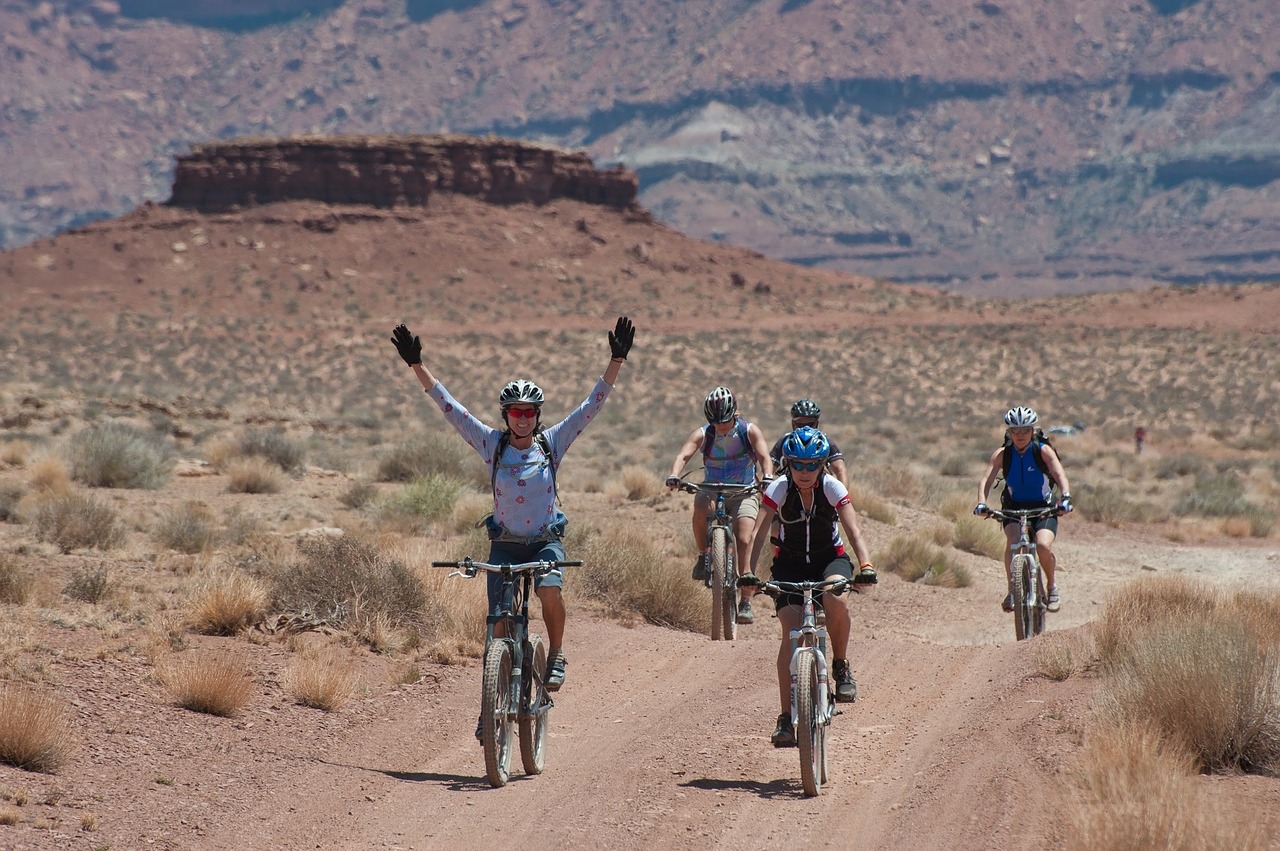
While many people are at least aware that there are physical and mental health benefits that come from taking vacations, Americans still take fewer holidays and time off than the rest of the working Western world.
Did you know that traveling can lower your risk for depression, improve your fight against heart disease, and boost your job and life satisfaction? Some studies even show that the benefits from taking a vacation stick around for as long as two months after jumping back into the daily grind. These benefits, combined with a few others, show that taking vacations play an important role in our overall mental health.
Pre-Vacation Benefits
While some people get stressed out planning their vacations, most people find their excitement building as they prepare for time away. From planning where to go and what to do, studies have shown that looking forward to a favorable experience is an almost instant mood-booster. A study by Cornell University even shows that we get more happiness anticipating travel than we do anticipating a new purchase.
That pre-vacation excitement isn’t just impacting an upcoming trip. We can even start to view things in the moment with a more positive outlook, letting little stressors get to us less and less, like smiling through traffic jams or letting unfriendly emails roll off our backs.
During-Vacation Benefits
Whether you’re traveling to a sunny beach in Panama City or a quaint town in Maine, a person traveling often gets much more exercise than they do in their normal daily lives, which often consists of too much screen time. Extra exercise improves one’s physical and mental health. The Global Commission on Aging and Transamerica Center for Retirement Studies says that women who travel twice a year have a significantly lower risk of suffering a heart attack. This definitely has to do with the physical activity associated with taking vacations, but also with the positive impact that walking has on our mental state. Our minds are clearer and less stressed, and we’re more at ease when we’re regularly tying up the laces on our walking shoes.
That same study showed that the benefits of vacation are almost immediate. Within just a few days of starting a vacation, our stress is lower and our outlook is more positive. This comes from:
- Observing the beauty and newness of a different environment. A sunset is always beautiful, but a sunset in Rome is something a bit more special to behold than a sunset at home.
- Gaining a new perspective—or even a few! Trying new foods, experiencing new music, and learning about different cultures creates the kind of excitement that is shown to improve mood.
- Experiencing less anxiety around work, friends, bills and other responsibilities. Yes, lost luggage or a missed flight can bump up the blood pressure, but the vacation high encourages most of us to stay relatively calm.
- Enjoying the simplicity of a vacation, even with a packed itinerary, removes us from the complicated, often stressful environments back home that can elicit negative emotions.
- Boosting our relationships—with the partner we’re traveling with or with ourselves. Vacations are a chance to reconnect with and reignite our passion for the things and people we love.
Post-Vacation Benefits
Vacations have spillover effects on our overall job and life satisfaction. People report feeling more energized to tackle projects at work, more in control of their lives, and better able to manage stress and negative emotions. Vacations encourage improved work-life balance, as well as a decreased feeling of pressure from deadlines and due dates, which impact the load often weighing on our minds.
That post-vacation glow will eventually fade, but that’s why it’s important to take several vacations a year of any length. Remember, even just planning a vacation improves your mental health!
Image: Pixabay

